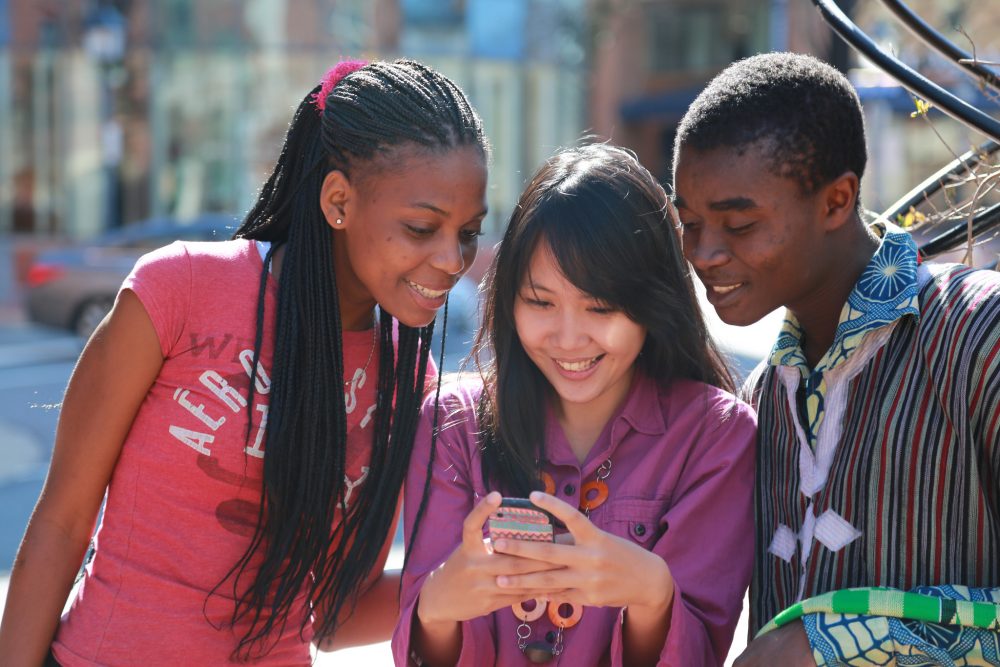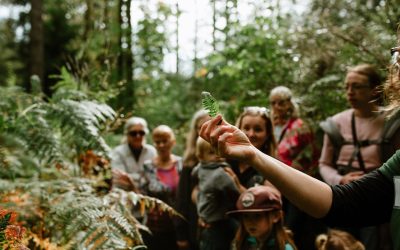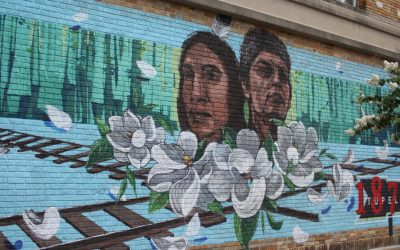“If you talked to people the way advertising talked to people, they’d punch you in the face.” – Hugh MacLeod
Hugh’s warning is not only good for your health, it’s relevant for any destination that talks to visitors online using platforms like Facebook.
Use social media the way it was designed – to talk to people like a human being, not to display your destination as a billboard in front of more eyeballs.
Facebook has been doing its part to encourage “meaningful interactions” and authenticity. It is demoting engagement bait that doesn’t live up to those values. Engagement bait posts ask directly for likes or clicks to fool the News Feed algorithm into giving pages and conversations higher reach than they deserve.
Using gimmicky or spammy language to cause artificial reactions is on the decline, at least for now. And that’s a good thing.
Our content marketers have some tips to help your posts avoid inadvertently disappearing in the Facebook algorithm.
But first, let’s remember why boosting engagement with tacky posts or by advertising to a generic audience, just for the numbers, is a bad idea.
Word of mouth will make or break your destination
Your visitors’ social media stories are an example of word of mouth, which is the most valuable type of promotion there is. What people say online and offline heavily influences travel decisions and therefore the success of your destination in the big picture.
Destination Think is beginning to help DMOs measure success and plan for the future using sentiment analysis. This technique measures genuine, unbiased, online word of mouth on a massive scale. It impacts strategy, brand, and many layers of decision making.
So word of mouth is important. And your DMO’s Facebook page and the posts on their timeline are a couple of places where people can genuinely discuss and learn about travel experiences.
But why is social media engagement important?
If you see a report with big engagement numbers – a million interactions or 500,000 likes during a year – you might wonder, what does this really mean? Why are these numbers important, and are they high enough?
To answer that, you need to understand your marketing strategy. What are your organization’s goals? What does success look like?
It isn’t enough to know that people saw your content or resonated with a story. Your marketing strategy should be connected to your destination’s goals – the actions it needs people to take to make a successful year or decade of tourism.
Captivating stories can build tourism advocacy
Some destinations find success with a strategy built on advocacy. Friends tell friends, families share experiences, and a passionate community gathers around the stories it finds meaningful and exciting. Social media engagement can be one measure that indicates growth or decline in word of mouth, which is the fuel that drives advocacy.
But it’s up to your team, your local residents and tourism operators to spark conversations. One great way to do that is by sharing the stories from your community. People flock to the ones that truly connect, earn attention, add value, and evoke emotion.
By sharing the content that people care about most, your brand can retain its loyal fanbase and encourage it to spread your meaningful posts—all without having to ask for a like, or even pay to advertise to people who aren’t likely interested in your destination anyway.
While using ads to get mass reach and link clicks or tacky engagement bait to get more likes might be a tempting tactic in the short term, it is often proven futile when considering your overall marketing goals.
You’re looking for the engagement that matters from those who are truly passionate about your destination.
And that means building a community full of the right people.
Two destinations that serve passionate communities on social media
Flanders, Belgium – Consider the Flanders Fields social media program. Staggering numbers like 2 million video views on a single post are impressive, but more importantly, they are evidence of a passionate audience devoted to the topic that was formed that way from the beginning.
Bermuda – Here are some examples from Bermuda Tourism Authority (BTA)’s social media channels. We worked with BTA to develop a niche marketing campaign for kiteboarders. By pairing a single travel interest that Bermuda excels in with quality storytelling, Bermuda and our team gained incredible engagement, earned media, and advocacy through word of mouth.

Bonus tips for DMO content marketers and community managers
We’ve seen why the right kind of engagement is important. Here is another insight that may help you manage your destination’s Facebook page.
After observing and measuring social media content from many of our clients’ channels, we’ve realized that it’s best to avoid (or use very sparingly) certain words that Facebook’s algorithm may interpret as engagement bait. For now, at least.
Words to avoid in your Facebook posts
- Like – Example: “Like this pic if you’ve been here!”
- Vote – Example: “Vote and see if your favourite made the cut!”
- Comment – Example: “Comment below with your answer for a chance to win!”
- Tag – Example: “Tag a friend who’d love this!”
- Share – (This word may be used sparingly.)
 This post from Destination British Columbia manages to engage its audience with the word “share” because the content is directly relevant to people who love British Columbia and love sharing photos.
This post from Destination British Columbia manages to engage its audience with the word “share” because the content is directly relevant to people who love British Columbia and love sharing photos.
Make sure your content tells a captivating, shareable story, or offers useful information about your destination. Put yourself in the mindset of the visitor and imagine what would help them pursue their passions.
And of course, monitor your analytics and stay up to date on new trends to ensure that your content is in sync with visitor needs and online behaviour.
Staying human and relevant leads to the genuine word-of-mouth promotion that every destination needs.
Featured image credit: AFS USA, Flickr










0 Comments